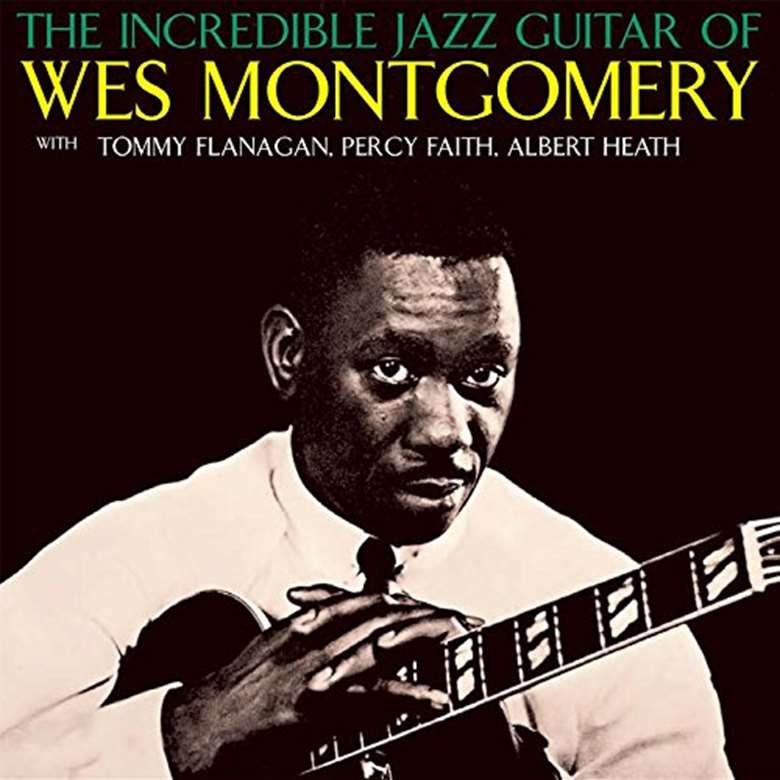Wes Montgomery – The Full Monty
Monday, February 22, 2016
More than four decades after his death, the music of Wes Montgomery continues to illuminate the jazz guitar world like a beacon.


Register now to continue reading

Thank you for visiting Jazzwise.co.uk. Sign up for a free account today to enjoy the following benefits:
- Free access to 3 subscriber-only articles per month
- Unlimited access to our news, live reviews and artist pages
- Free email newsletter